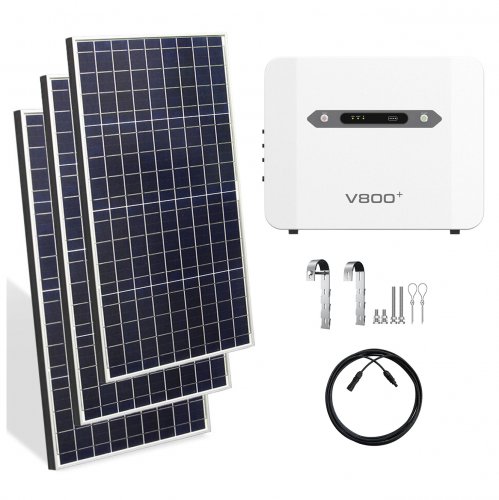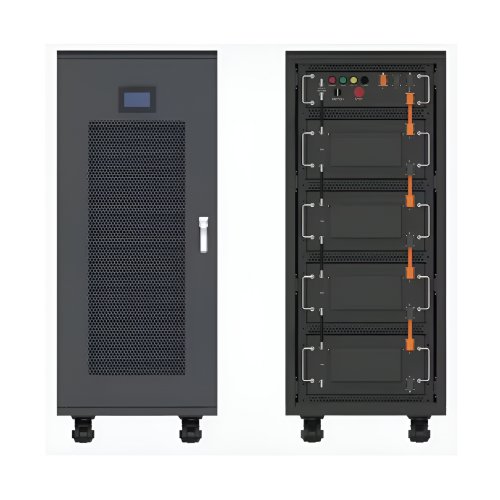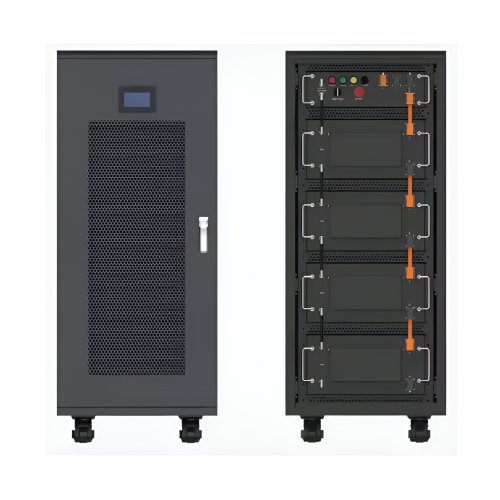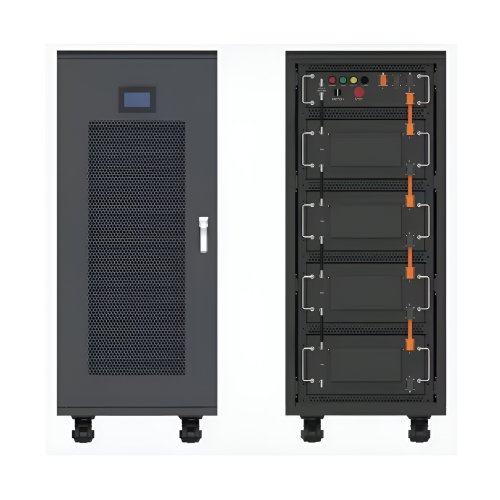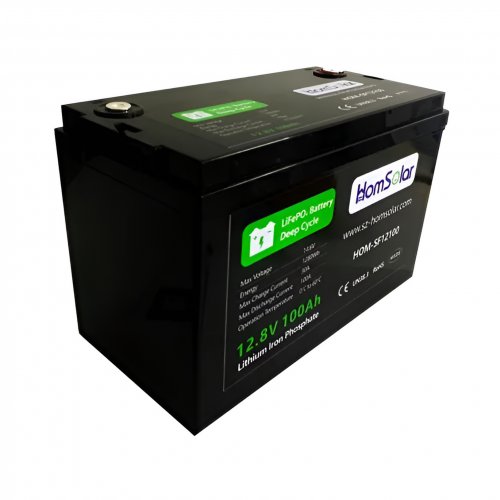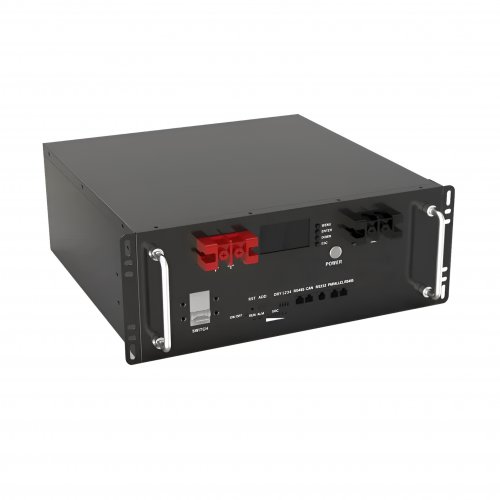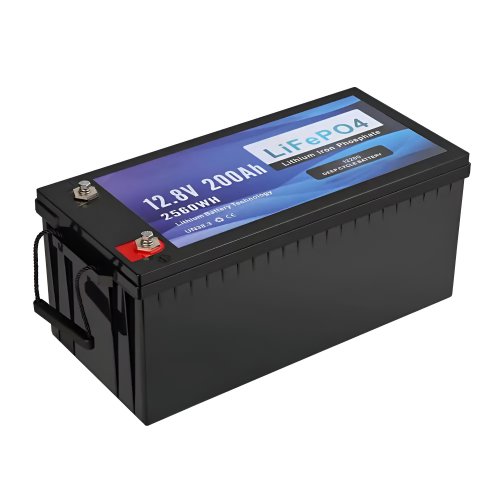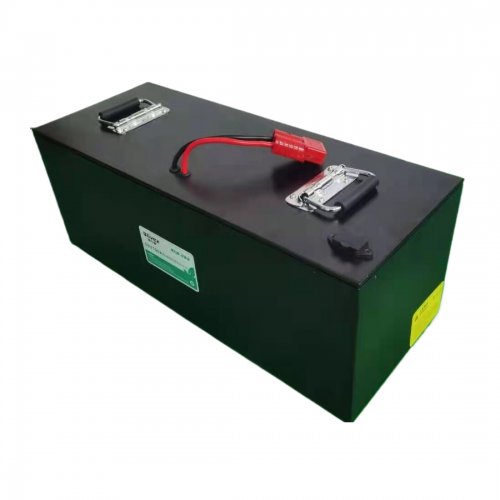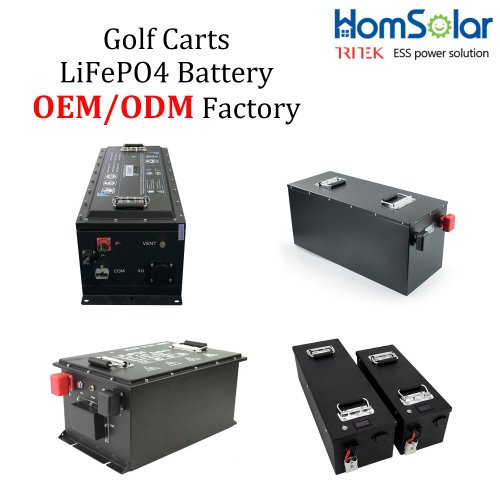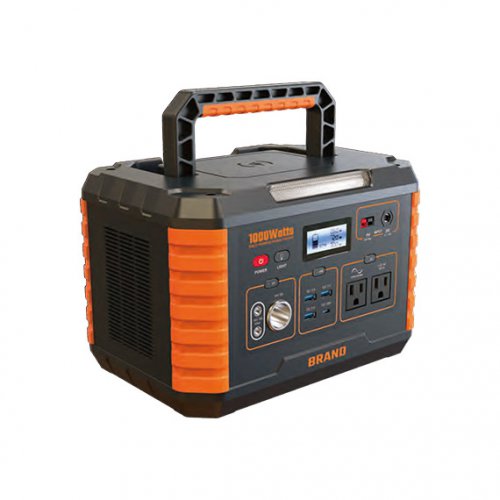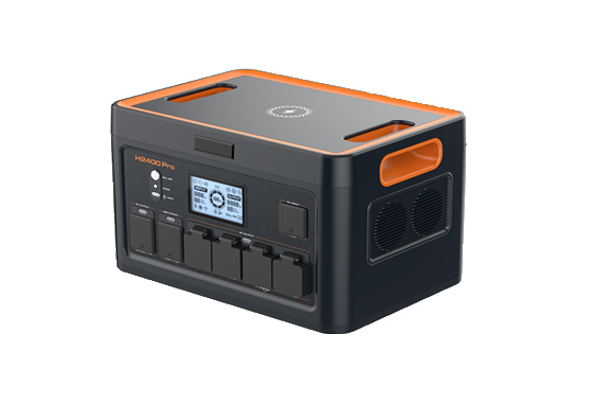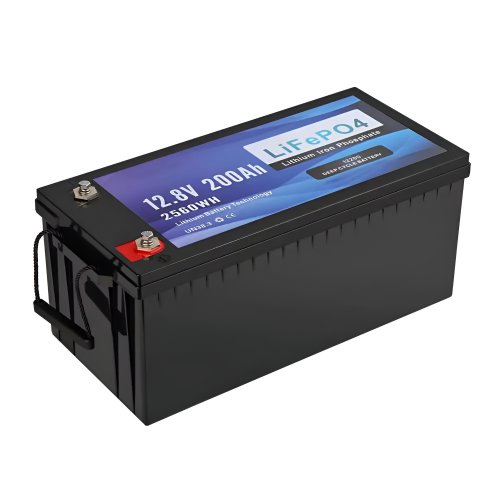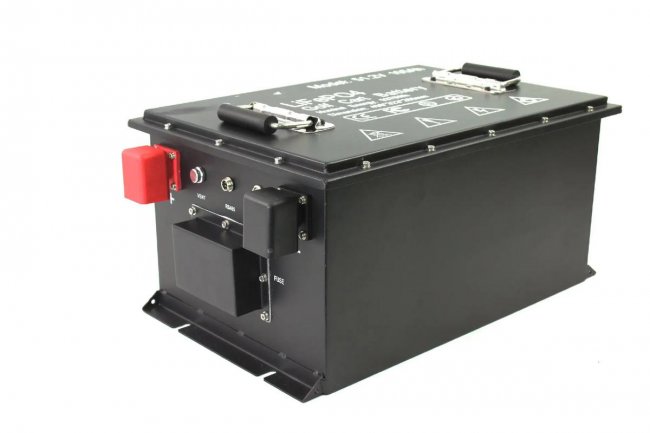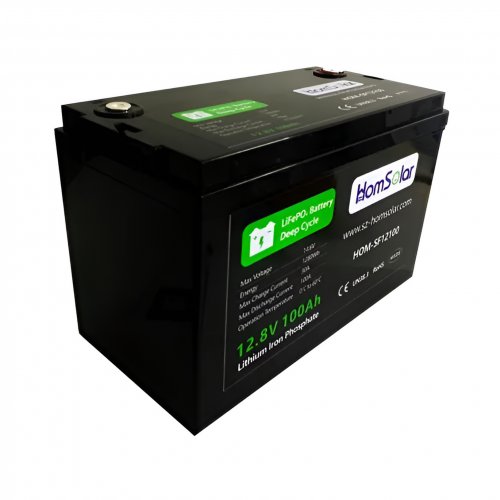Energy Storage Systems News: Innovations, Market Growth, And The Future Of Grid Stability
The global energy storage systems (ESS) industry is undergoing rapid transformation, driven by technological advancements, policy shifts, and increasing demand for renewable energy integration. As nations strive to meet decarbonization targets, energy storage has emerged as a critical enabler of grid resilience and efficiency. This article explores the latest developments, market trends, and expert insights shaping the sector.
Recent months have seen significant milestones in energy storage deployment and innovation. In the U.S., the Inflation Reduction Act (IRA) continues to accelerate investments in battery storage projects, with over $10 billion committed to ESS manufacturing and deployment since its enactment. Meanwhile, Europe is expanding its storage capacity to mitigate energy volatility caused by geopolitical tensions and the phase-out of fossil fuels.
China remains a dominant player, accounting for nearly 45% of global lithium-ion battery production. The country recently unveiled a 200 MWh sodium-ion battery storage facility, signaling a shift toward alternative chemistries to reduce reliance on scarce materials like lithium and cobalt.
In Australia, the world’s largest battery energy storage system (BESS), the 850 MWh Waratah Super Battery, is nearing completion. The project aims to stabilize New South Wales’ grid and support renewable energy adoption. Similarly, Saudi Arabia’s NEOM Green Hydrogen Project includes a massive storage component to balance intermittent solar and wind power.
1. Diversification of Storage Technologies While lithium-ion batteries dominate the market, alternatives such as flow batteries, compressed air energy storage (CAES), and thermal storage are gaining traction. Vanadium redox flow batteries, for instance, are being deployed for long-duration storage due to their scalability and longevity.
2. Hybrid Storage Solutions Combining multiple storage technologies—such as pairing lithium-ion with hydrogen storage—is becoming a popular strategy to optimize performance and cost. Hybrid systems are particularly effective in microgrid applications, where reliability is paramount.
3. AI and Digitalization Artificial intelligence is revolutionizing energy storage management. Predictive analytics and machine learning algorithms are being used to optimize charging cycles, extend battery life, and enhance grid-balancing capabilities. Companies like Tesla and Fluence are integrating AI-driven software into their storage solutions.
4. Second-Life Batteries The repurposing of used electric vehicle (EV) batteries for stationary storage is gaining momentum. Automakers like Nissan and BMW are partnering with energy firms to create circular economy models, reducing waste and lowering storage costs.
Industry leaders emphasize the growing importance of energy storage in achieving net-zero goals. Dr. Imre Gyuk, Director of Energy Storage Research at the U.S. Department of Energy, notes, “Storage is no longer an optional add-on but a necessity for modern grids. The focus now is on improving affordability and scalability.”
Meanwhile, analysts at BloombergNEF predict that global energy storage installations will exceed 1,000 GWh annually by 2030, driven by declining battery prices and supportive policies. However, challenges such as supply chain constraints and regulatory hurdles remain.
Emma Woodward, an energy storage analyst at Wood Mackenzie, highlights the need for standardized regulations: “Harmonizing grid connection rules and incentivizing long-duration storage will be crucial for sustained market growth.”
The energy storage sector is poised for exponential growth, but its success hinges on continued innovation, investment, and collaboration. Governments, utilities, and private enterprises must work together to address bottlenecks and unlock the full potential of storage technologies.
As renewable energy penetration increases, energy storage systems will play an indispensable role in ensuring a stable, sustainable, and resilient power grid. The coming decade will likely witness breakthroughs in materials science, system design, and business models—solidifying ESS as the backbone of the clean energy transition.
Stay tuned for further updates as the industry evolves at an unprecedented pace.
Customized/OEM/ODM Service
HomSolar Supports Lifepo4 battery pack customization/OEM/ODM service, welcome to contact us and tell us your needs.


HomSolar: Your One-stop LiFePO4 Battery Pack & ESS Solution Manufacturer
Our line of LiFePO4 (LFP) batteries offer a solution to demanding applications that require a lighter weight, longer life, and higher capacity battery. Features include advanced battery management systems (BMS), Bluetooth® communication and active intelligent monitoring.

Customised Lithium Iron Phosphate Battery Casing
ABS plastic housing, aluminium housing, stainless steel housing and iron housing are available, and can also be designed and customised according to your needs.

HomSolar Smart BMS
Intelligent Battery Management System for HomSolar Energy Storage System. Bluetooth, temperature sensor, LCD display, CAN interface, UART interface also available.


Terminals & Plugs Can Be Customized
A wide range of terminals and plugs can be customised to suit the application needs of your battery products.

Well-designed Solutions for Energy Storage Systems
We will design the perfect energy storage system solution according to your needs, so that you can easily solve the specific industry applications of battery products.



About Our Battery Cells
Our energy storage system products use brand new grade A LiFePO4 cells with a battery lifespan of more than 4,000 charge/discharge cycles.



Applications in Different Industries
We supply customized & OEM battery pack, assemble cells with wiring, fuse and plastic cover, all the cell wires connected to PCB plug or built BMS.
Applications: E-bike, Electric Scooter, Golf Carts, RV, Electric Wheelchair, Electric Tools, Robot Cleaner, Robot Sweeper, Solar Energy Storage System, Emergency Light, Solar Power Light, Medical Equipment, UPS Backup Power Supply.
We can provide you with customized services. We have the ability to provide a vertical supply chain, from single cells to pack/module and to a complete power solution with BMS, etc.


HomSolar (Shenzhen) Technology Co., Ltd








